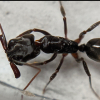Odontomachus haematodus is an invasive species that has been slowly spreading throughout the gulf region for decades. However in Florida, they only exist in a small area in the extreme north western part of the state. Florida has a total of 4, possibly 5 Odontomachus species (one's presence is dubious iirc) brunneus, ruginodus, relictus, haematodus, and (possibly) insularis. I recieved 4 specimens of this species from Aaron567 in early July and due to a recent move and my working and going to school full time I have been too busy to record my experiences with them. Two colonies were given to other keepers I know who also wanted the chance to keep Odontomachus, and two I kept for myself. Odontomachus as a genus can sometimes be a bit tempermental during the founding stage in my experience, but these specimens are doing well. The queens are large and aggressive, they seem about the same size as brunneus but look noticeably bulkier/heavier in my opinion, though known to be an aggressive species, they still do not seem nearly as vicious as O ruginodis.
July 1 2019: 4 dealates were recieved, each in idividual tubes. I thought about attempting to combine them but decided against it, i suspect only one would end up being the dominant laying queen while the rest would end up essentially being workers.
July 31 2019: All 4 specimens had brood in all stages of development, with each having pupae, larvae, and eggs. They don't lay quite as robustly as O ruginodis, who will essentially lay more and more eggs when given more and more food, instead they seem closer to O brunneus, starting slower with a smaller first few generations.
August 15 2019: the first generation of workers begins to eclose.
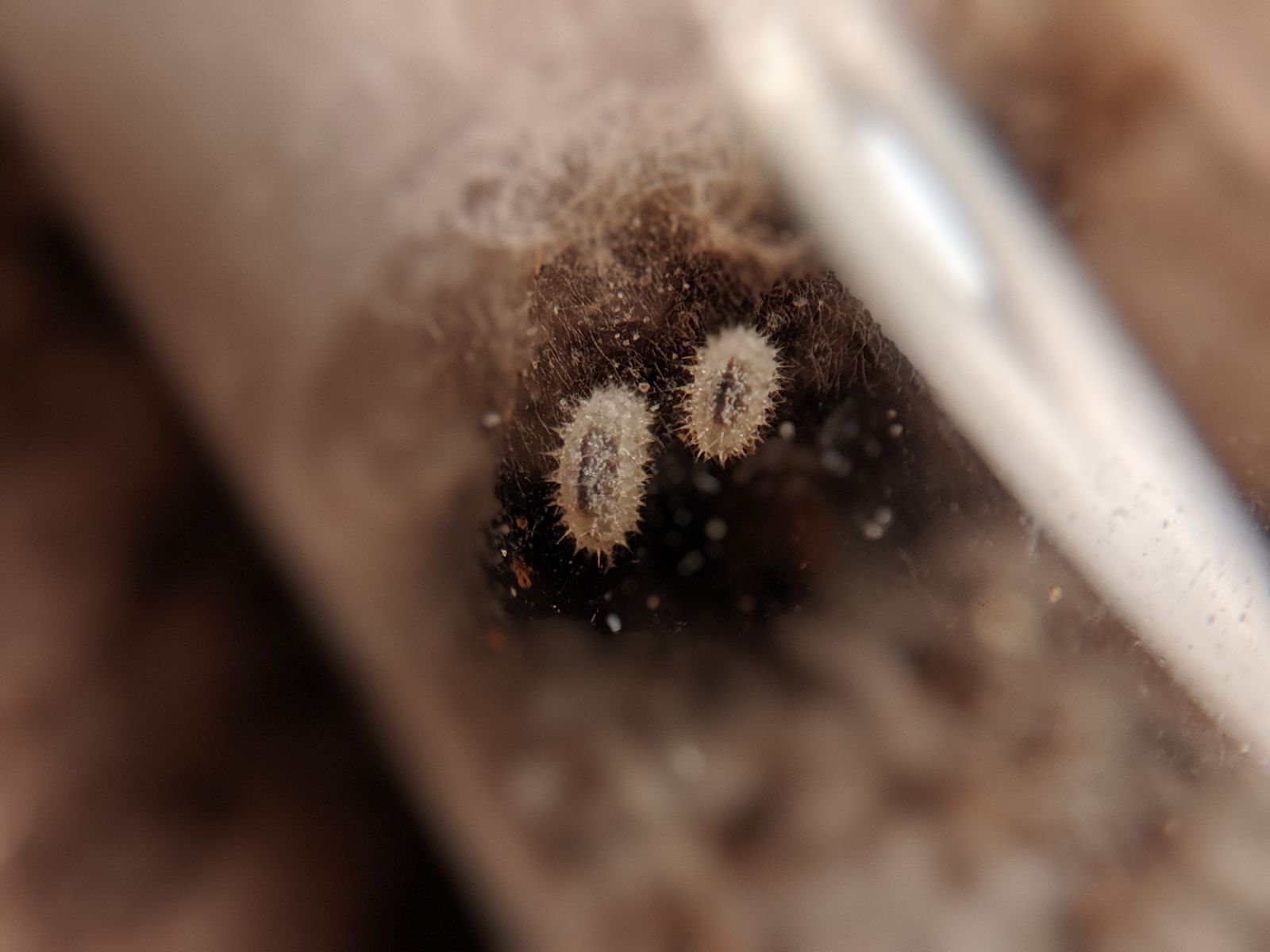
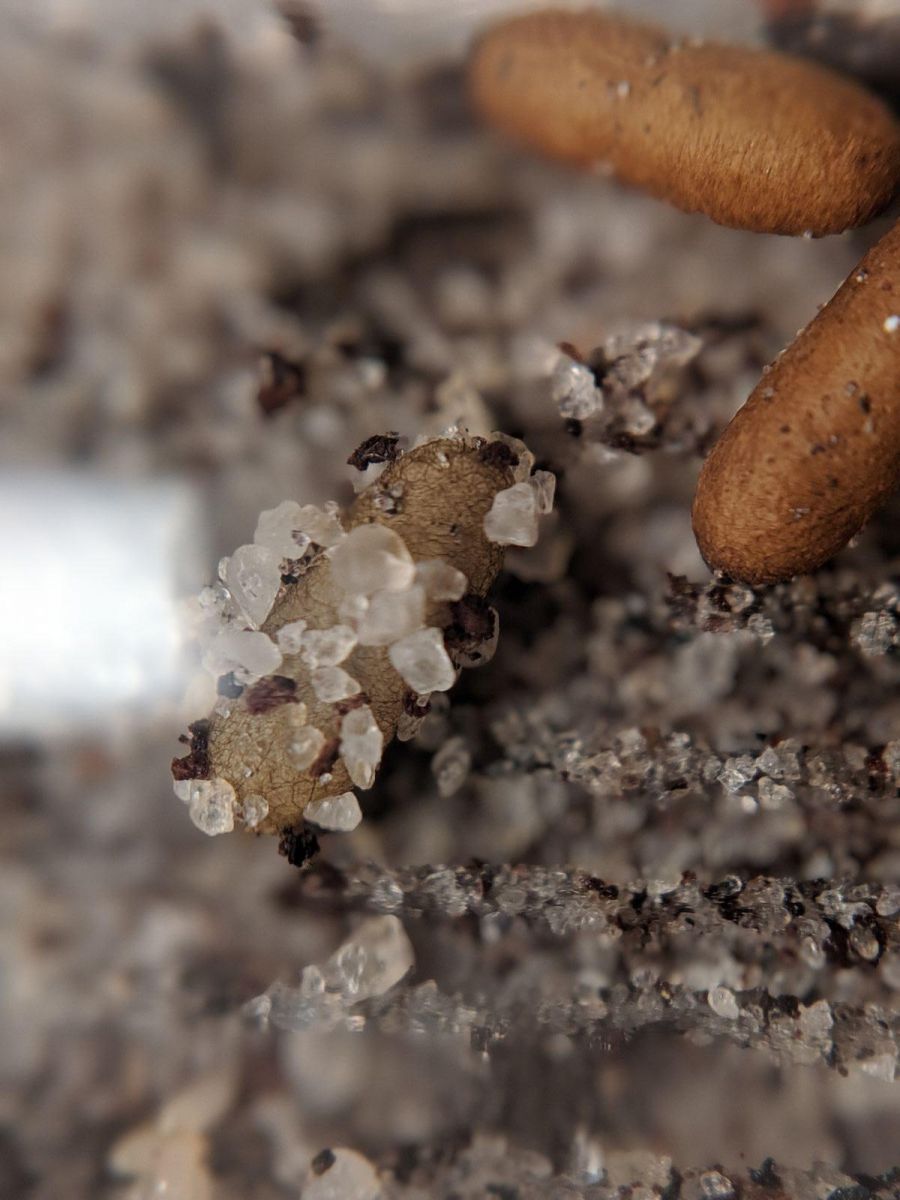
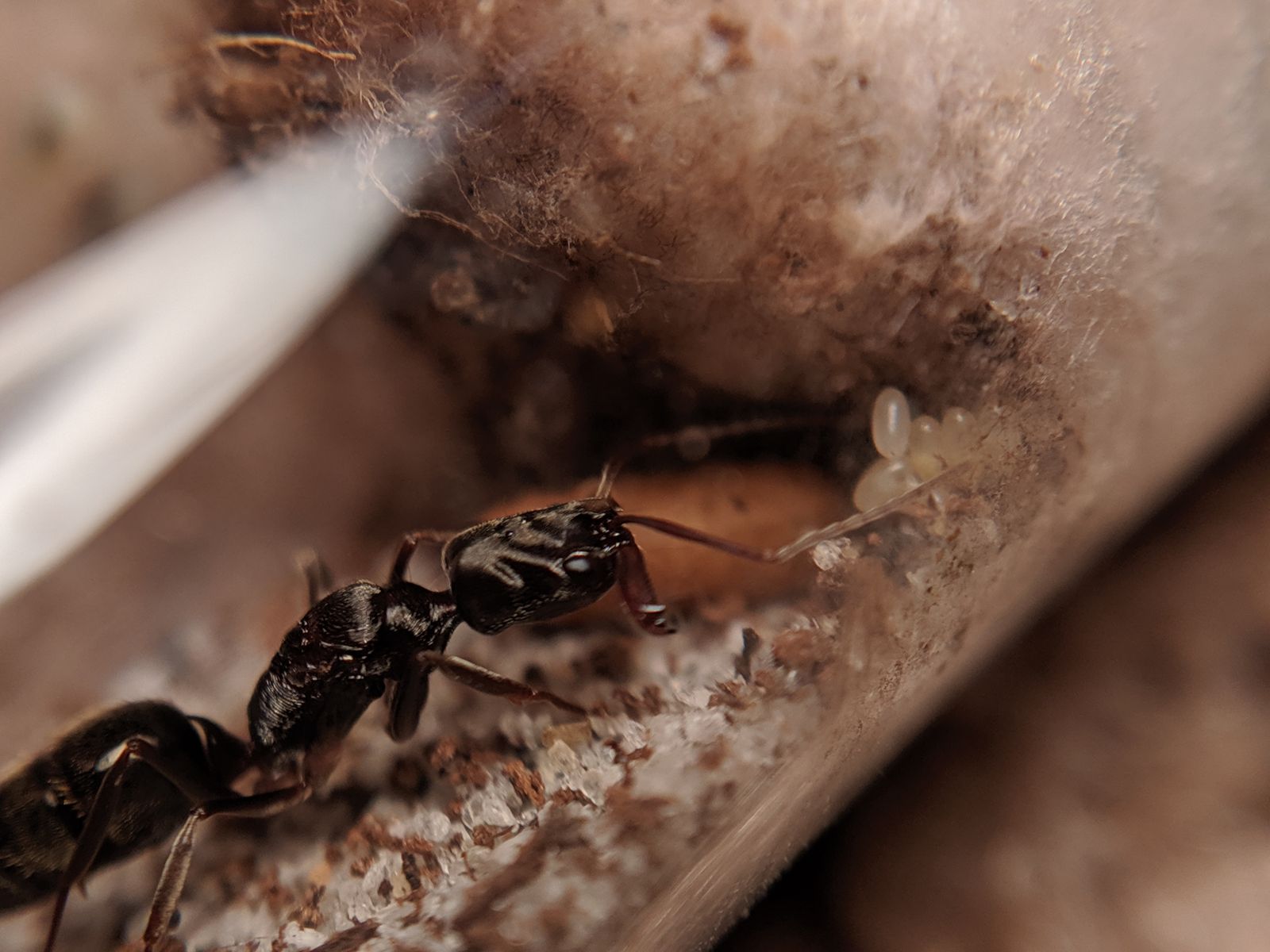
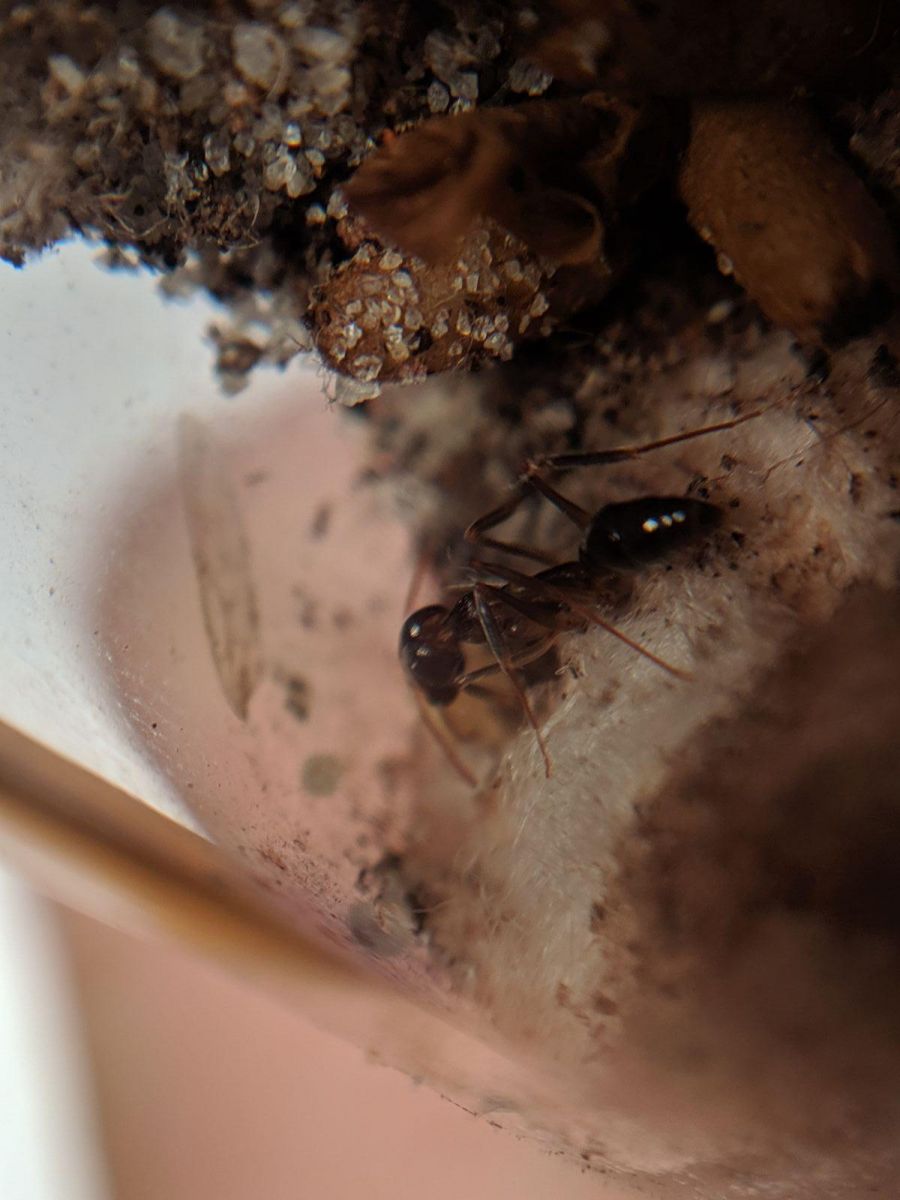
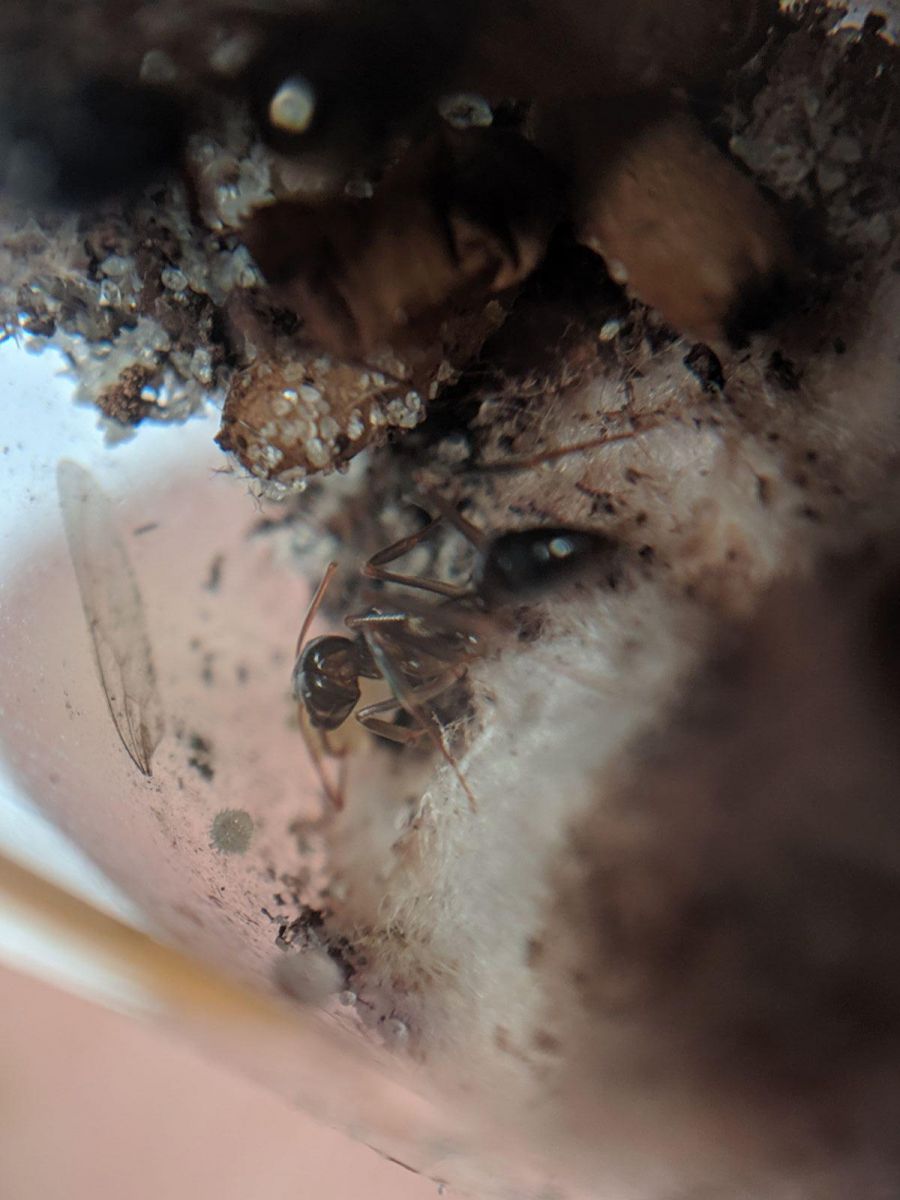
Edited by SuperFrank, September 11 2019 - 8:46 AM.



